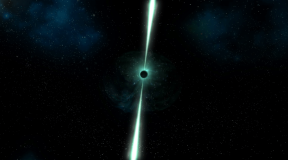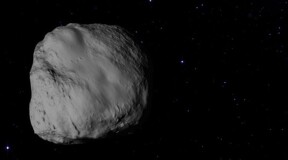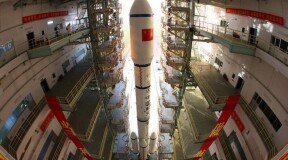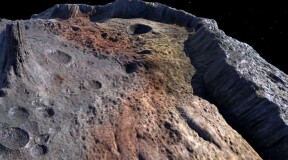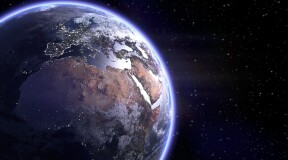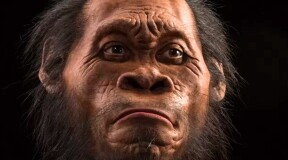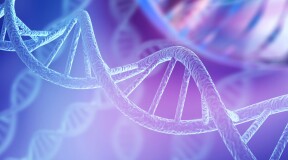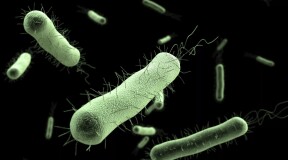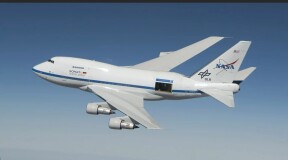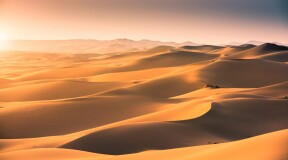-
en

Science & Education - page 16
Russian scientists record pulsar ‘voices’
NASA shows boulders on Asteroid Bennu
China to build a base on the Moon in the next 10 years
Roscosmos Details the Rockets to Fly to the Moon
NASA to send a new space drone to Psyche
What will our planet look like when all the ice melts?
Another Reason for Evolutionary Change of Human Face Found
Scientists create a unique biological material
How to eat without mouth and digestive system
Scientists discover the first molecules of the universe
Mars base for children to be built in Gobi desert
How Does Space Travel Affect the Human Body?



